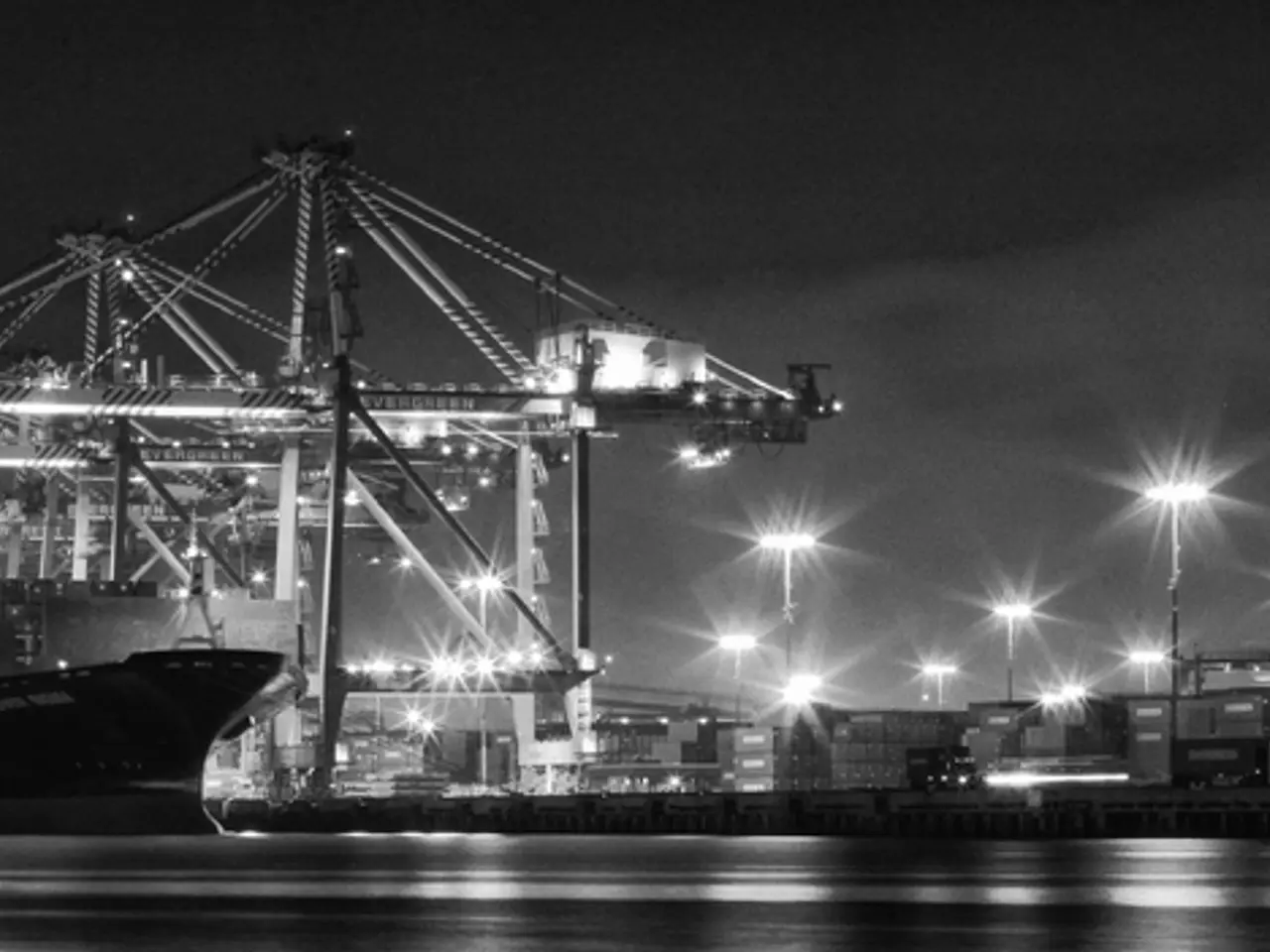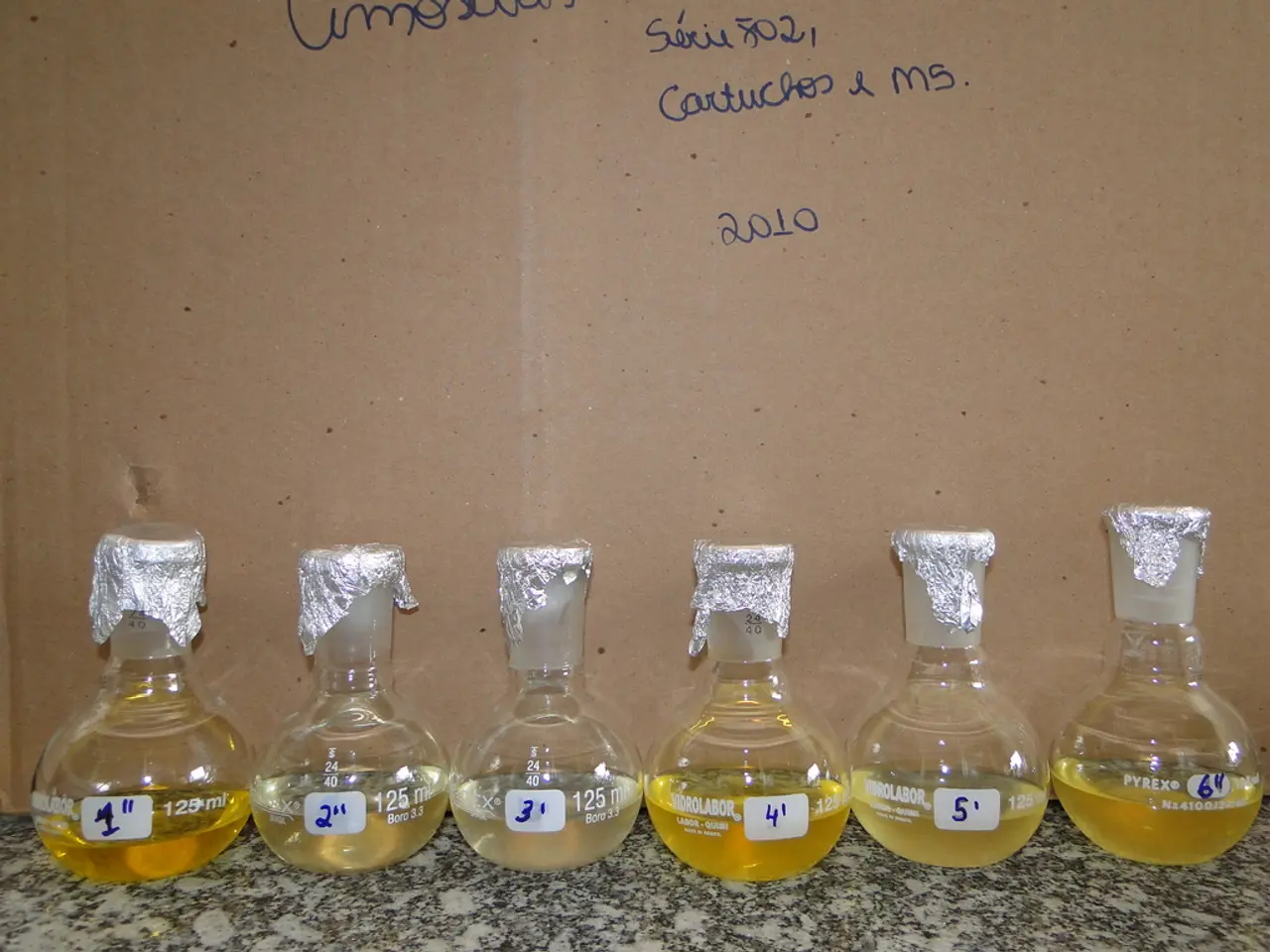Advancement by Tomsk Scientists Set to Boost Space Industry
**Latest Advancements in Metal-Ceramic Composites Based on MAX Phases**
In a significant breakthrough, scientists from Tomsk Polytechnic University, in collaboration with colleagues, have developed new layered metal-ceramic composites that could potentially revolutionise the aerospace and transportation industries.
These composites, based on preceramic paper, are part of the relatively new class of nanolayered ceramics known as MAX phases. Known for their unique combination of ceramic and metal properties, most MAX-phases offer the advantages of both worlds.
The head of the research, Egor Kashkarov, who is the head of the laboratory of perspective materials and hydrogen energy systems safety at TPU, has been leading the development of these composites. He and his team have been able to improve the mechanical and thermal properties of the materials, making them more suitable for high-temperature environments and mechanical loads.
One of the challenges in developing new composite materials based on MAX-phases is their increased brittleness at low temperatures. However, the new approach allows for varying individual layers' composition and managing their properties through combination. This innovation could potentially address the issue of brittleness, making the composites more versatile for a wider range of applications.
The active development of the aerospace and transportation sectors requires materials that are resistant to high temperatures, corrosion, and mechanical loads. The new composites, with their high hardness and wear resistance, excellent thermal stability, and oxidation resistance, are promising for high-temperature structural applications.
The composites' ability to maintain structural integrity while being lightweight aligns well with aerospace demands for materials that improve fuel efficiency without compromising safety. As such, these composites are being explored for use in protective coatings and components in aircraft engines that require resistance to thermal shock and mechanical wear. They are also being considered for structural parts in automotive and rail transportation where durability, thermal management, and weight reduction are critical.
Recent developments also include innovative synthesis methods such as self-propagating high-temperature synthesis, which uses metal oxides, carbon, and aluminum, as well as recycled carbon waste, to produce MAX phase materials and their composites more efficiently and sustainably. These methods can improve the scalability and cost-effectiveness of producing such composites.
The phase and elemental composition, crystal structure, microstructure, hardness, flexural strength, fracture toughness, thermal conductivity, specific heat capacity, and thermal diffusivity of the new materials have been studied and measured by Kashkarov. The results show that the new composites, based on MAX-phases, have unique crystal structures and demonstrate higher resistance to oxidation at high temperatures and improved mechanical properties.
In conclusion, the latest advancements in metal-ceramic composites based on MAX phases are a significant step towards meeting the demands of the aerospace and transportation sectors. The composites' unique combination of properties makes them promising candidates for protective coatings and structural components in these industries. With ongoing research, it is expected that these composites will continue to evolve, offering even more benefits for high-temperature applications.
Science and technology are crucial in the advancement of the new metal-ceramic composites based on MAX phases, as they enable the exploration of innovative synthesis methods like self-propagating high-temperature synthesis, potentially making these composites more efficient and sustainable for space-and-astronomy applications such as protective coatings and structural components in aircraft engines. The unique properties of these composites, such as high hardness, wear resistance, excellent thermal stability, and oxidation resistance, also make them promising for technology-driven sectors like space travel and high-speed transportation.




